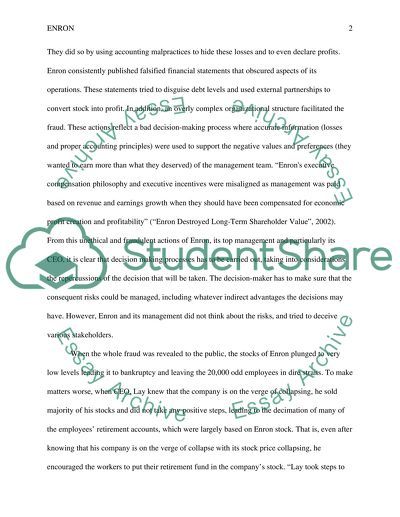Cite this document
(“White Collar Crime: Collapse of Enron Research Paper”, n.d.)
Retrieved from https://studentshare.org/law/1396513-white-collar-crime-collapse-of-enron
Retrieved from https://studentshare.org/law/1396513-white-collar-crime-collapse-of-enron
(White Collar Crime: Collapse of Enron Research Paper)
https://studentshare.org/law/1396513-white-collar-crime-collapse-of-enron.
https://studentshare.org/law/1396513-white-collar-crime-collapse-of-enron.
“White Collar Crime: Collapse of Enron Research Paper”, n.d. https://studentshare.org/law/1396513-white-collar-crime-collapse-of-enron.


